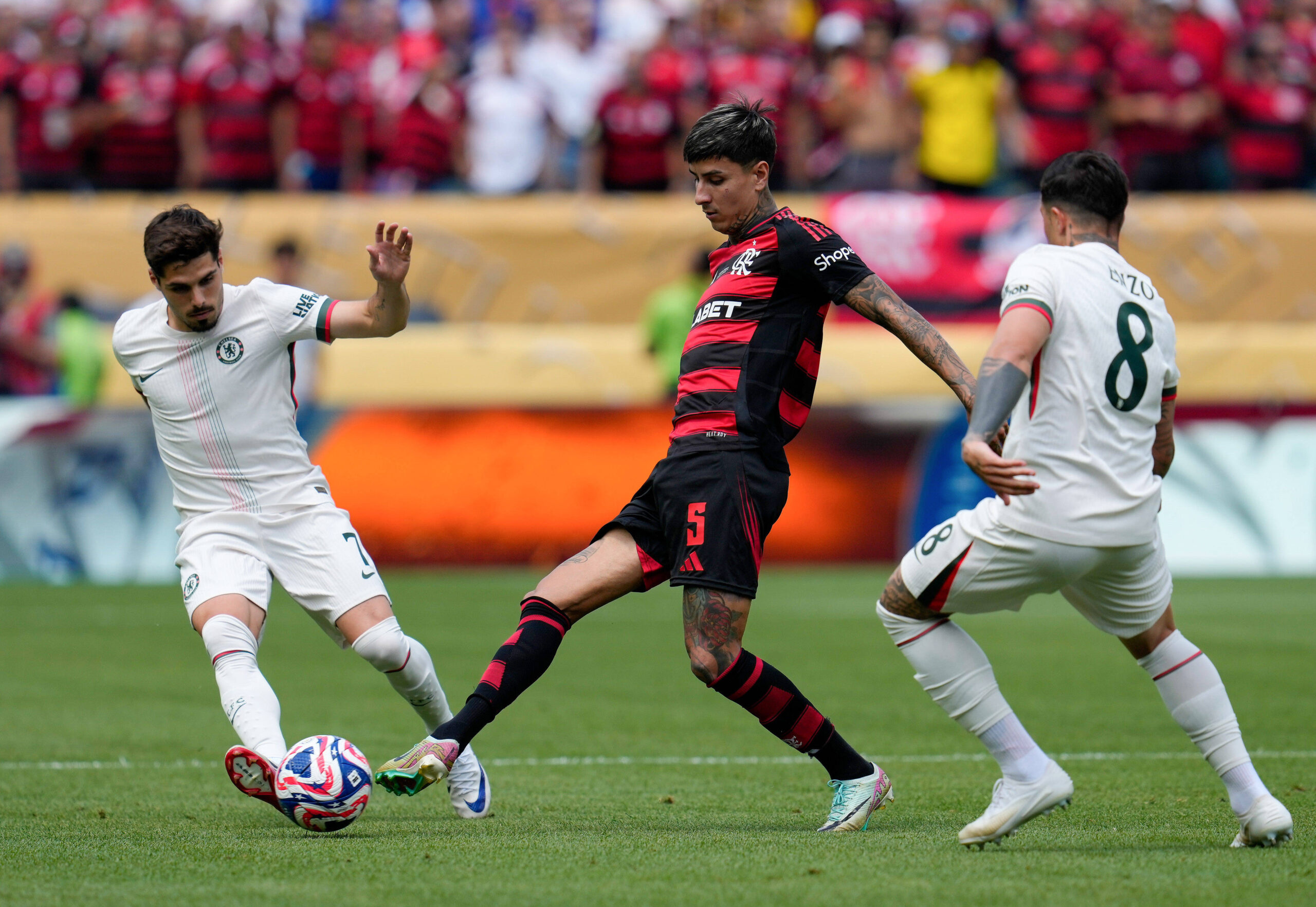Erling Haaland’s UCL goal record reiterates his genius. The Norwegian international has this utterly infuriating habit of rendering football history completely quaint, hasn’t he?
His recent, unbelievable breach of the Champions League record – managed in a staggering 49 games, 50 goals – isn’t simply a statistic. It’s a categorical, seismic disruption of every expectation we’ve ever held for a centre-forward.
Erling Haaland’s UCL goal record of 50 goals is a milestone that is now the benchmark, utterly redefining what a top UCL striker can achieve.
Ruud van Nistelrooy’s UCL record, a mark of predatory, cold-blooded excellence for years, suddenly feels like something achieved in black and white – shattered by thirteen whole matches. The Haaland vs Van Nistelrooy comparison here is stark: Haaland is now the fastest scorer and officially holds the fastest to 50 UCL goals record.
The true, almost alarming profundity of this statistical anomaly lies in what it suggests about his career’s entire trajectory.
For decades, we’ve just assumed a player’s ‘peak’ – that golden, incandescent age of simultaneous physical and mental maturity – would land somewhere between the ages of 26 and 30. Haaland, though? He appears to have been literally born at the summit.
He is a finished article, a goalscoring certainty who has entirely skipped the customary, messy, formative apprenticeship. Adding insult to injury for the purists, he’s also the youngest player to 50 UCL goals, further cementing his inevitable place among the top Champions League all-time goalscorers.
This whole phenomenon demands that we fundamentally reconsider the very nature of the modern centre-forward. Traditional number nines were, for so long, universally praised for their subtle link-up play, their intricate, almost philosophical contributions to the team’s overall structure.
But Haaland? He is, instead, a ferocious point of impact, a singular, overwhelming, final, devastating conclusion to Manchester City’s meticulously crafted possession theatre. His is a cold, almost machine-like efficiency, delivered with a terrifying, metronomic consistency.
The simple, startling fact that his Haaland goal rate in this, the most elite of competitions, remains above one (≈1.04) speaks to a universal, almost industrial, goalscoring quality.
Frankly, his goals-per-game ratio in the UCL is now the best Champions League goals-per-game ratio among any player with a significant number of appearances.
This incredible goal record doesn’t just raise the bar; it completely resets the expectations for UCL goals. Just a cursory glance at the Haaland-Van Nistelrooy UCL record comparison immediately shows the staggering scale of his achievement in becoming the fastest Champions League scorer record holder.
Erling Haaland’s UCL Goal Record: The Speed of a New Era
The generational gulf revealed by Erling Haaland’s UCL goal record is honestly quite shocking.
Van Nistelrooy, an absolute master and revered, relentless finisher, required a career-spanning 62 games to reach his half-century – a phenomenal achievement in its own right during his era.
Haaland’s seismic reduction of that benchmark by a whopping 13 matches is not mere improvement, but is an emphatic declaration of a paradigm shift in the core demands and structure of elite European competition. This statistical chasm highlights the nearly impossible, unsustainable rate at which the Norwegian is converting chances into these epic milestones.
It’s too easy to forget that the records set by the legends of the recent past were considered genuinely untouchable for ages.
Lionel Messi himself, the demigod whose incandescent shadow all contemporary attackers must eventually face, needed 66 appearances to register his initial 50 Champions League goals.
The sheer speed of Haaland’s arrival and subsequent dominance implies an utter rejection of the incremental, careful progression previously accepted as the norm in the sport, and surpasses the Messi and Ronaldo UCL record standards.
He did not spend years acclimatising to the tactical viscosity of the group stages or the suffocating, unique tension of the knockout rounds. From his first volcanic explosion onto the scene with Red Bull Salzburg, his output has been delivered at a relentless volume reserved only for the competition’s historical veterans.
This instant, transportable, and utterly brutal effectiveness across wildly different leagues and systems is perhaps the single most compelling piece of evidence of his one-of-a-kind nature.
YOU MAY ALSO LIKE: Latvia vs England: Three Factors To Consider, Predicted Lineups, Injuries
A New Definition of Centre-Forward
Haaland’s very existence forces a crucial re-evaluation of what we even mean when we say ‘number nine.’
In an age where false nines and all-encompassing, creative forwards like Roberto Firmino and Harry Kane have been celebrated for their complex, multifaceted contributions, Haaland offers a defiantly, beautifully simple alternative. His core job is not to orbit the play. His job is to pierce the box.
His value is quantified in the stuff that matters: goals, pure and devastatingly unadulterated. He stands as the ultimate expression of positional efficiency; a terrifyingly athletic, final act, a conclusion to the highly intricate, high-possession geometry favoured by Pep Guardiola’s hyper-successful side.
Crucially, he conserves energy in the build-up, ensuring that when the decisive moment arrives, his signature burst of speed and clinical, cold finish are delivered with maximum, unspent, shocking force.
The best-ever goals-per-game ratio in the Champions League now belongs to him, placing him statistically ahead of even the most formidable strikers in football history. To maintain a ratio of approximately 1.04 across nearly 50 games in the world’s most defended and strategised tournament suggests that a mathematical impossibility has somehow been rendered concrete.
It is a frightening return on investment for any club, a testament to his singular obsession.
His relentless scoring for Manchester City has cemented his place in history by making him the fastest player to 50 UCL goals, leaving legendary rivals behind.
The Challenge of Sustainability
The only truly comparable historical anomaly to Haaland’s UCL goal record is the legendary Gerd Müller, who achieved a stunning goals-per-game ratio of 0.97 over his 35 appearances in the old European Cup, a powerful testament to his similar, hyper-specialised gravity in the penalty area.
Yet Müller’s glorious career predated the modern, high-intensity, globalised calendar, offering a much less rigorous point of comparison for long-term physical demands and constant travel.
Haaland isn’t merely pursuing records; he’s taking the sledgehammer to the entire timeline. Haaland’s UCL total goals are rapidly, frighteningly climbing the charts.
As he sights Lionel Messi’s next major benchmark for the quickest to 60 Champions League goals – a mark Messi achieved in 80 games – we are no longer asking if he will surpass it, but rather how many games he will shave off the existing figure.
The current gap of 20 games that separates the two suggests that if Haaland manages to maintain his current pace, the 60-goal milestone could fall in the mid-to-high 50s in terms of appearances. This is simply madness.
The next decade won’t be a story of his gradual, expected rise, but a relentless, breathless narrative focused on whether the human frame can possibly sustain such a furious, relentless, and unprecedented pace.
The greatest concern among analysts is not a potential decline in skill or focus, but the mechanical, simple durability of an athlete operating at a frequency that history suggests is inherently volatile.
Haaland is more than a player; he is a statistical and physical phenomenon, and watching his career unfold is to witness the forging of a completely new footballing standard, one explosive, heart-stopping milestone at a time.
Main Photo
Credit: IMAGO / Sportimage
Recording Date: 30.09.2025




